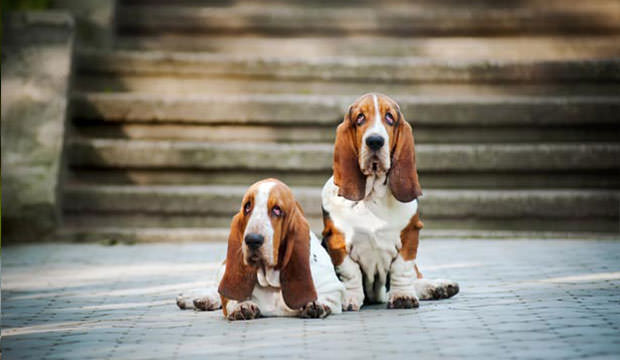
One of the most recognizable dog breeds in America is the Basset Hound. Short, squat and with folds of skin to spare, the Basset is famous for its sad appearance and stellar hunting skills.
But do you know everything there is to know about this hound? The following facts about the breed might surprise Basset fans, even those who currently own a Basset.
1. Popular in America, Originated in France
The name “Basset” comes from the French word bas, which loosely translates to mean low.
French monks were originally responsible for creating the Basset Hound breed through selective breeding.
During the Middle Ages, monks began breeding various types of hounds together to produce a dog with a body frame that was low to the ground.
The monks were looking to create a breed that was low to the ground and capable of following the scent of small game such as rabbit as well as larger game like deer.
The monks ended up being very successful in their quest. The Basset Hound is indeed a dog with a very sharp nose. Owners will know that these short-legged dogs can often be seen snuffling around in the grass, nose to the ground, following a trail.
Basset Hounds became popular in America after the Marquis de Lafayette gave a pack of these dogs to George Washington as a gift in 1785. The American President used the dogs for hunting and was very pleased with their skills in this area.
2. Several Breeding Variations Created the Basset
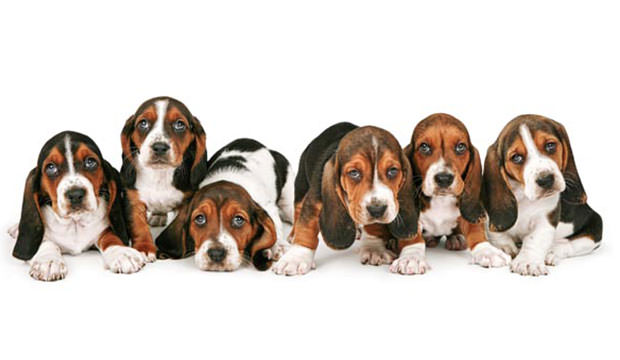
The dogs are descended from a much larger dog known as a Laconian Hound.
French aristocrats eventually became the primary owners of Basset Hounds, using them to hunt game over the next two centuries.
The dogs were very adept at hunting foxes and badgers.
During the mid-1800s the breed was crossed with Bloodhounds to try and increase the bulk of the Basset.
The resulting cross with Bloodhounds was then cross-bred with the Artesien Normand breed to create the small, short-legged dog that we are familiar with today.
All of these types of dogs are hunting dogs, with a sharp sense of smell and great tenacity when it comes to following a scent. Once a hound gets its nose fixed on a trail, it is very difficult to persuade it to lose interest.
Following the cross-breeding, the Basset Hound was introduced to England and America where the small, broad Basset quickly became immensely popular.
3. Bassets are Behind Hush Puppies
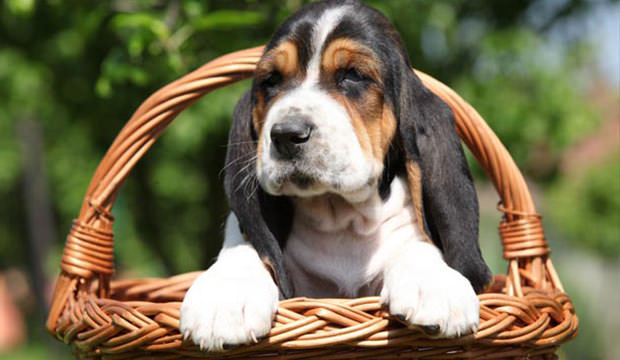
Farmers and hunters with large packs of Bassets used to throw the traditional southern fried cornball, known as a hush puppy, to their dogs to silence their barking and howling.
James Gaylord Muir came up with the name and mascot for the popular shoes by the same name (Hush Puppies) after a trip through the American southeast.
During this trip, he witnessed the hush puppy treat in action silencing Bassets, which acted as his inspiration.
Muir was the brand’s first salesman, and seeing the treat in action inspired him to name the brand after the beloved, howling hounds. Created in 1958, the Hush Puppies brand has been highly successful.
They were a symbol of casual suburban life during the 1950s and 1960s, but underwent something of a fashion revival in the 1990s to become trendy again.
Even today, many Americans still strongly associate the dogs with the shoes, with some even going so far as to refer to them as “Hush Puppy dogs”. The dogs still feature prominently in commercials and advertising materials for this popular brand of shoes.
4. Basset Hounds have a Celebrity Profile
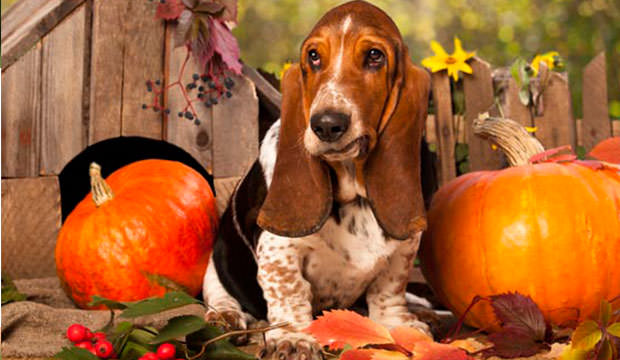
The cute faces of these sad-looking dogs just keep on cropping up in the media, helping to sell magazines, promote products, and even as celebrities in their own right.
For example, a Basset Hound puppy was featured on the cover of Time in 1928 with an accompanying story on the inside in the Sports section.
In later decades, a Basset Hound named Hugo made a splash as the companion of model and actress Marilyn Monroe during her marriage to playwright Arthur Miller.
Hugo appeared in many photos of the couple, and there is a rumor that Marilyn even spoon-fed scotch to the dog in an attempt to cheer him up a little!
In the 1950s, cartoonist Tex Avery used a Basset as the inspiration for his Droopy Dog character. The character had first appeared in Avery’s 1943 cartoon “Dumb Hounded.” Until 1958, Droopy Dog had his own series.
Even after this series was axed, the lethargic main character has shown up in other MGM productions, such as the ever-popular Tom and Jerry cartoon.
5. Excellent Hunters, Stubborn Companions
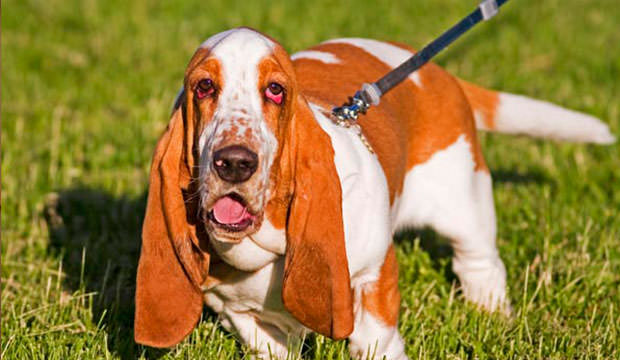
Anyone who is planning to teach a Basset Hound anything more than the basic elements of training will need a lot of patience!
Bassets have a very mild-mannered, almost lazy, nature that doesn’t make training them at all easy.
It is not uncommon for a Basset Hound to ignore the “come” command even when there is a treat on the line.
Nevertheless, a professionally trained Basset makes an excellent companion and a stellar hunting partner. While they excel at hunting smaller game (such as rabbits and badgers), a Basset Hound is equally capable of aiding in the hunt for larger game such as deer.
If you are into hunting, then the noses of these dogs can make them incredibly helpful companions.
Even if you don’t plan to use your hound as a hunting dog, he or she can still be a wonderful family pet. The easy-going nature of these dogs can mean that they are extremely tolerant of other pets and children in the household.
6. Small, Compact and Slow on Purpose
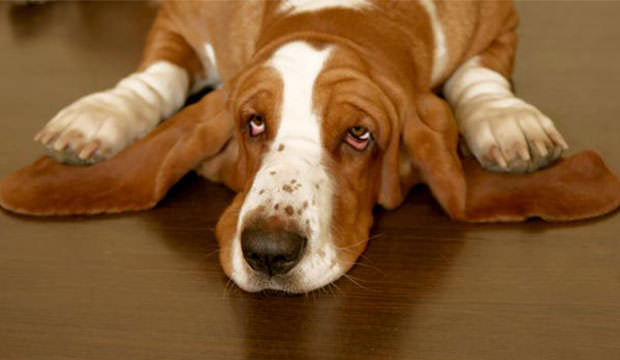
Believe it or not, the small, bulky frame and slow pace of the Basset is precisely what the monks were looking to create.
With a bulkier body, the Basset was capable of trudging through the woods and surviving Mother Nature’s obstacles with ease.
Additionally, their lower stature put them closer to the ground and made it easier for them to stay on the trail of game.
Last but not least, Bassets became popular hunting partners because they were slow. Their short little legs do not allow them to run quickly, so they can only travel at a relatively slow trot. Rather than chasing faster hounds on horseback, French aristocrats found that a Basset was easily followed on foot.
Basset Hounds might look comical, with their droopy faces and stubby little legs, but every aspect of their bodies actually has an important purpose. Don’t discount these hardy little hunting dogs!
7. High Maintenance
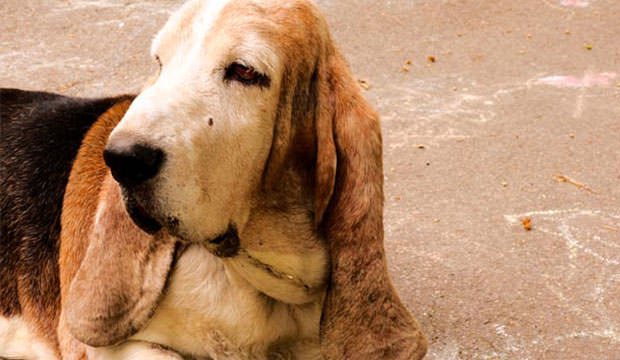
If you want to own one of these dugs, you should be aware that you have some work ahead of you.
For starters, despite having short hair, the Basset’s coat is rather pungent under normal circumstances.
When it rains outside, you might want to prepare your nose for an onslaught of stink. If your dog gets wet in the rain, you might want to give him a bath to help freshen him up a little!
Other maintenance concerns focus on the shedding of these dogs, which can be annoying. Make sure you have a good vacuum cleaner, and keep the dog off the furniture as much as possible! Shedding occurs all year round, so there is no rest from the clean-up operation.
Finally, owners need to put a lot of time into looking after the dog’s ears. Those large, droopy ears that make the Basset so adorable are also a magnet for dirt and need to be cleaned frequently to avoid infections.
8. Although Active, Obesity is a Concern
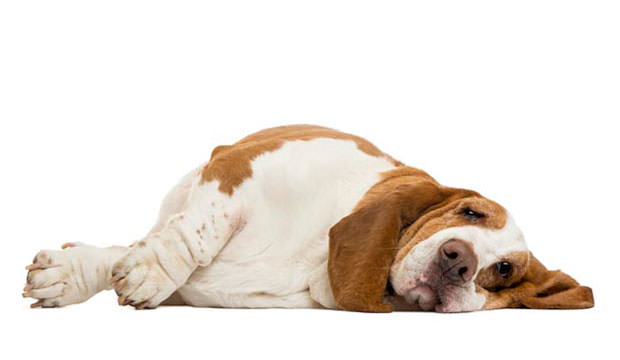
As a result, daily and weekly exercise is a must for Bassets to keep them healthy and happy.
When this exercise doesn’t happen, obesity becomes a major concern.
Although smaller in stature, the Basset is very thickly built and reaches an average full-grown weight of 50 to 65lbs. Owners should be careful not to overfeed these dogs to prevent them from putting on too much fat.
Let’s be honest, these dogs can be seriously lazy. Despite their stamina and determination when hunting, a Basset will easily spend the rest of its time napping or lounging on the couch.
As they age, this sedentary lifestyle can lead to serious concerns about obesity. It is important to monitor a Basset Hound’s diet and ensure they are receiving regular exercise, especially when they are not out hunting every day. Obesity leads to serious health issues in dogs, just as it does in humans.
9. Extremely Social
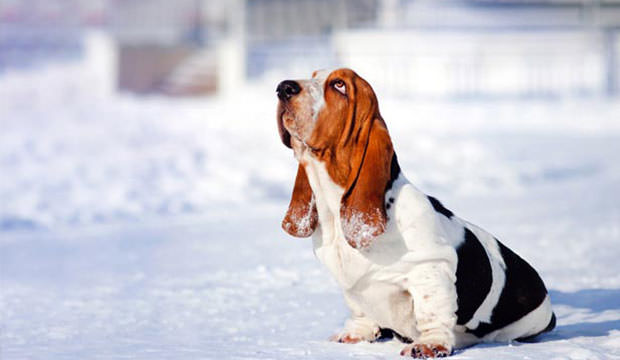
They get on well with other dogs of similar breeds, as well as with human adults and children.
While Basset Hounds are noted barkers and howlers when strangers come around, once you are on the “inside” with a Basset Hound you have likely made a friend for life.
They are very loyal and very friendly towards their owners once a bond has been established.
Bassets excel in homes with a variety of other pets. They do particularly well when there are other dogs around to socialize and play with. However, their easy-going nature allows them to get on with a wide range of pets.
Basset Hounds also make very good family pets, as their desire to socialize fits in well with children, who are often very excited to have a puppy to run and play with them. Bassets are relatively placid and do not pose much of a risk of lashing out at children.
10. Powerful Singers
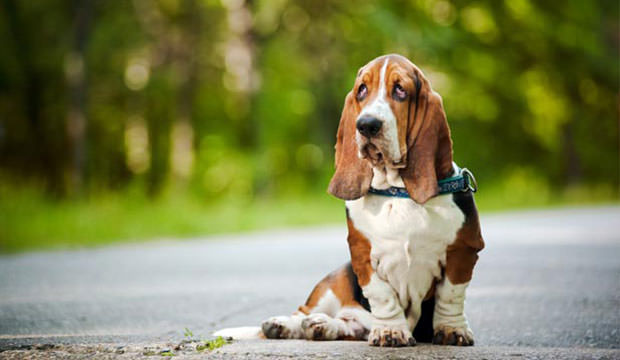
The Basset Hound is among the more melodious dog breeds around, and that is saying something given the ferocious competition from Bloodhounds and Beagles.
Bassets will howl and howl when strangers approach their territory, but that should not be your biggest concern as an owner.
As mentioned, Bassets are extremely social and when left alone for extended periods of time, they can get very lonely. And when these dogs get lonely, they get loud!
This type of behavior is definitely something to keep in mind, especially if you live in close proximity to your neighbors. Even the most understanding neighbor can get annoyed by a dog that howls all day while you are out!
To prevent this noisy behavior, make sure your Basset Hound has regular contact with members of the family so that it doesn’t feel neglected. If you have more than one Basset Hound, you might have more luck with leaving them home alone, as they can keep each other company.
11. Wanderlust
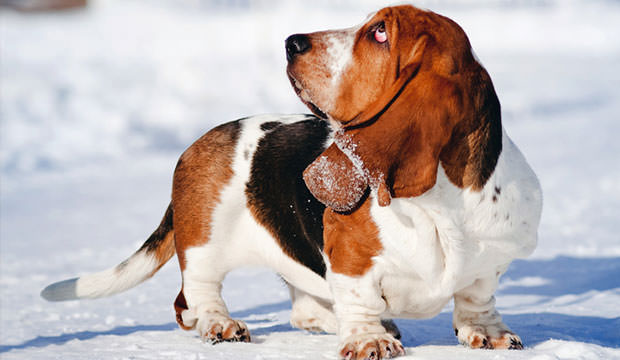
Even though they are typically lazy, their stubborn and determined nature also creates a potential danger that owners need to be aware of.
It is not at all uncommon for a Basset to catch a scent and follow their nose for hours on end.
When a Basset is outside you need to keep an eye on it to ensure it doesn’t slip off on an hours-long adventure in the woods. You could face a long and frustrating search if you let your Basset Hound out of your sight while you are out and about.
These dogs have a reputation for not responding to their owners’ calls when they are busy following a scent.
Bassets love to play in the yard, but the possibility of escape can be a problem even in this familiar environment. A good, sturdy fence is a good idea to keep them close to home and safe. Make sure there are no gaps that the dogs can slip through while following their nose!
